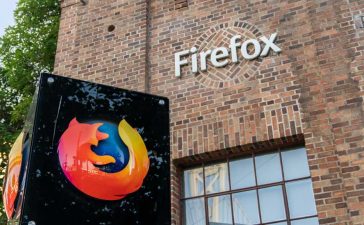BOZEMAN, Mont. — The Affordable Connectivity Program ran out of funding this April, affecting 23 million households nationwide, and 1 in 8 households here in Montana, according to figures from the White House. Since the program’s inception, those households in Montana were saving a combined $1.8 million per month.
But without subsidies to bridge the gap in affordability, data from Recon Analytics shows that in the months following the end of the program, 13% of previously enrolled households had already canceled their internet service.
“Internet should be a human right,” said Lori Stout, Chief Marketing Officer of Bigleaf Networks, a company working to make internet access more equitable. “There are very few things that we don’t need some sort of connectivity for.”
Stout said that’s due to how internet use shifted following the pandemic, with a growing number of people relying on home internet access for employment, education and healthcare.
As the cost of living rises, internet services can fall to the wayside as those with limited budgets face tough choices. Per data from Pew Research, 45% of households without internet access say the cost of service is prohibitive.
“Internet connectivity gets a little bit more expensive every year,” said Stout. “If you don’t have the resources to be able to do that, it’s just are you going to pick between feeding your children or being connected to the internet?”
That’s widening the digital divide, according to Stout, giving low-income households fewer opportunities to break the cycle of poverty by making it more difficult to access education and higher-paying job opportunities.
Accessibility to the internet is an even greater challenge in rural communities.
“This disproportionately affects people in rural areas that can’t afford traditional broadband access,” said Stout. “You can’t just run over to a library or to your local Starbucks and get connected. You’re really just without other options.”
In rural areas, access is only part of the problem. Stout said the quality of the connection is equally important.
Going forward, she believes finding a solution will take collaboration between both private and public organizations.
“As the price of internet continues to climb, I think we’re going to need as a nation to come up with new programs and subsidies that are going to help bridge the gap between those underserved populations that need connectivity and the rest of us who kind of take it for granted,” said Stout.












